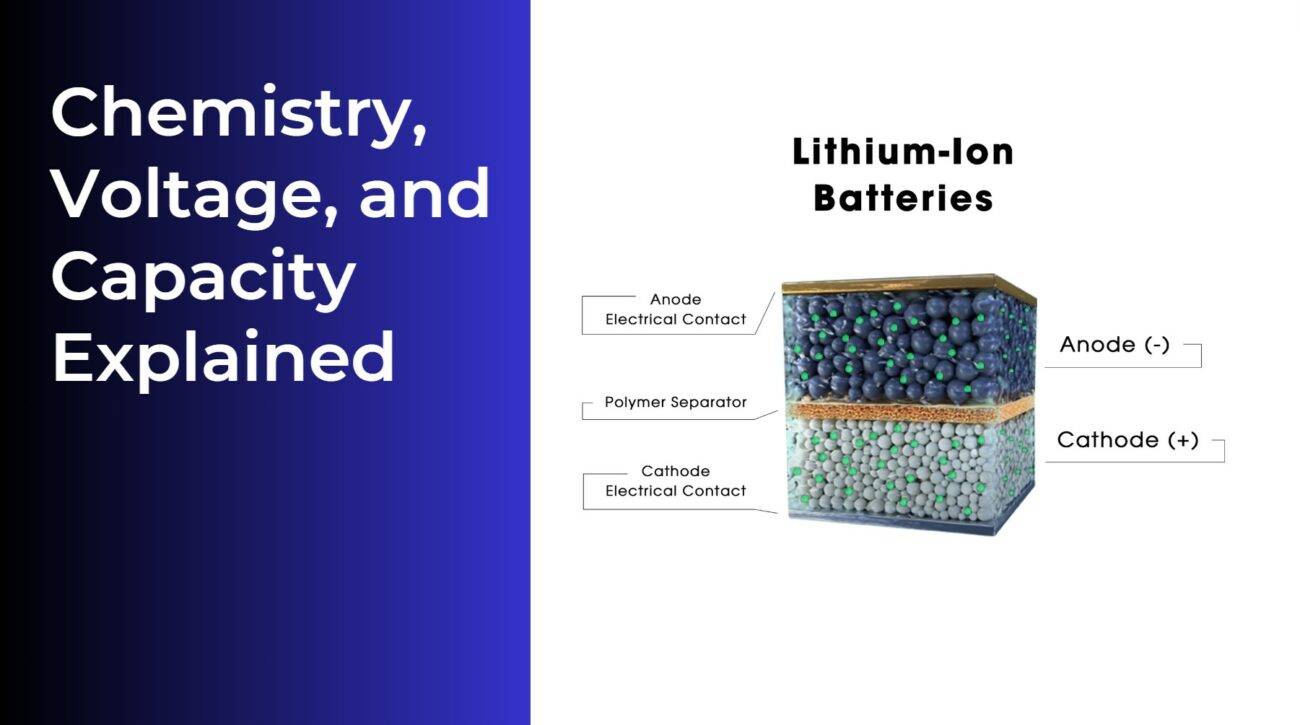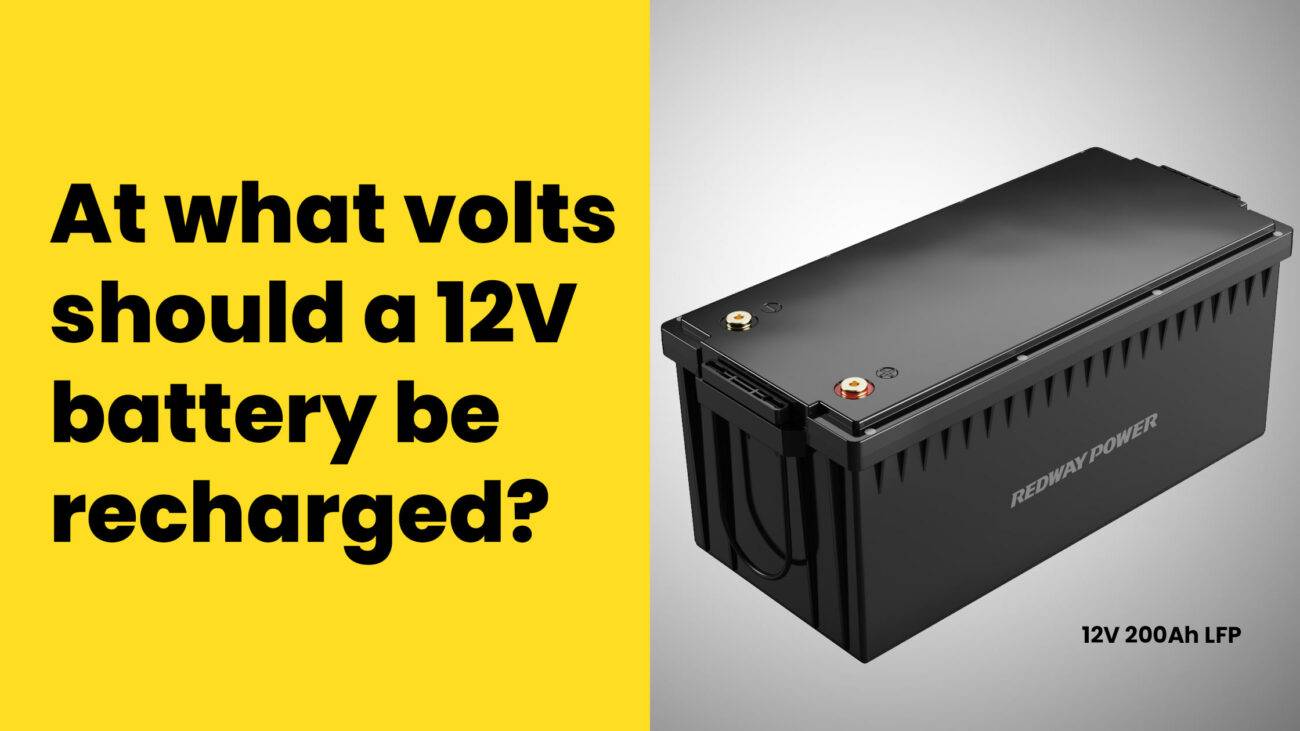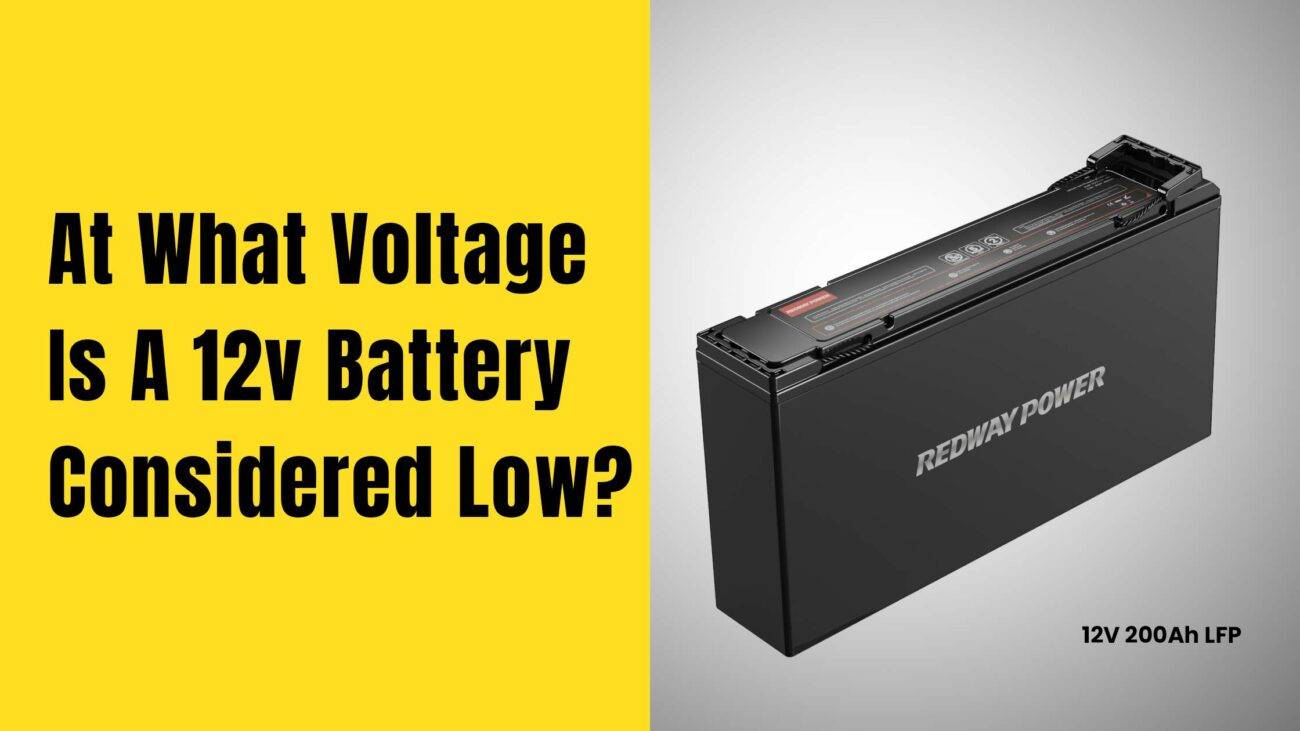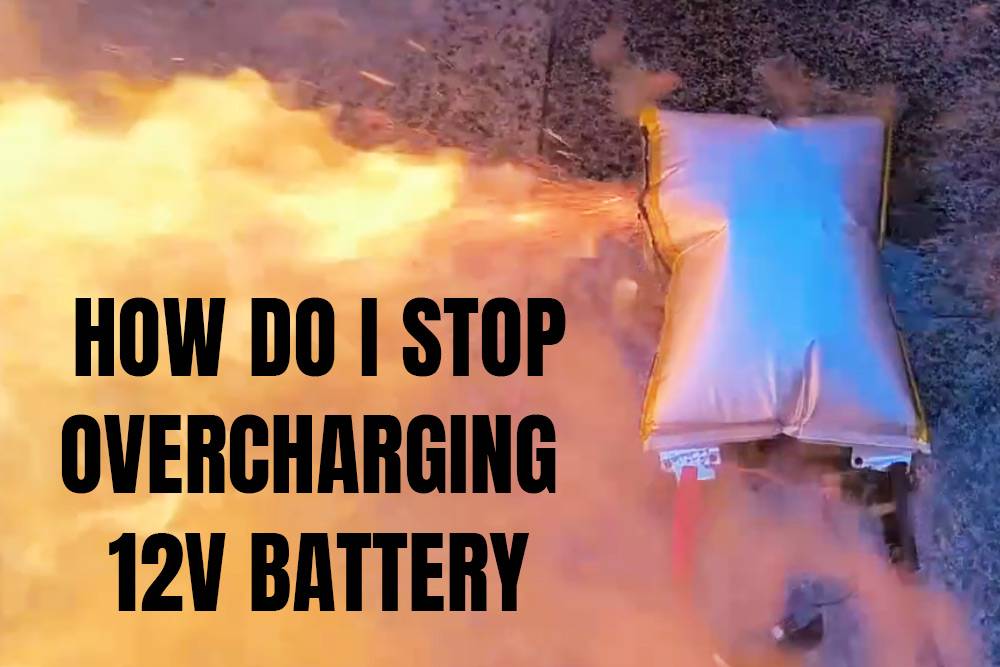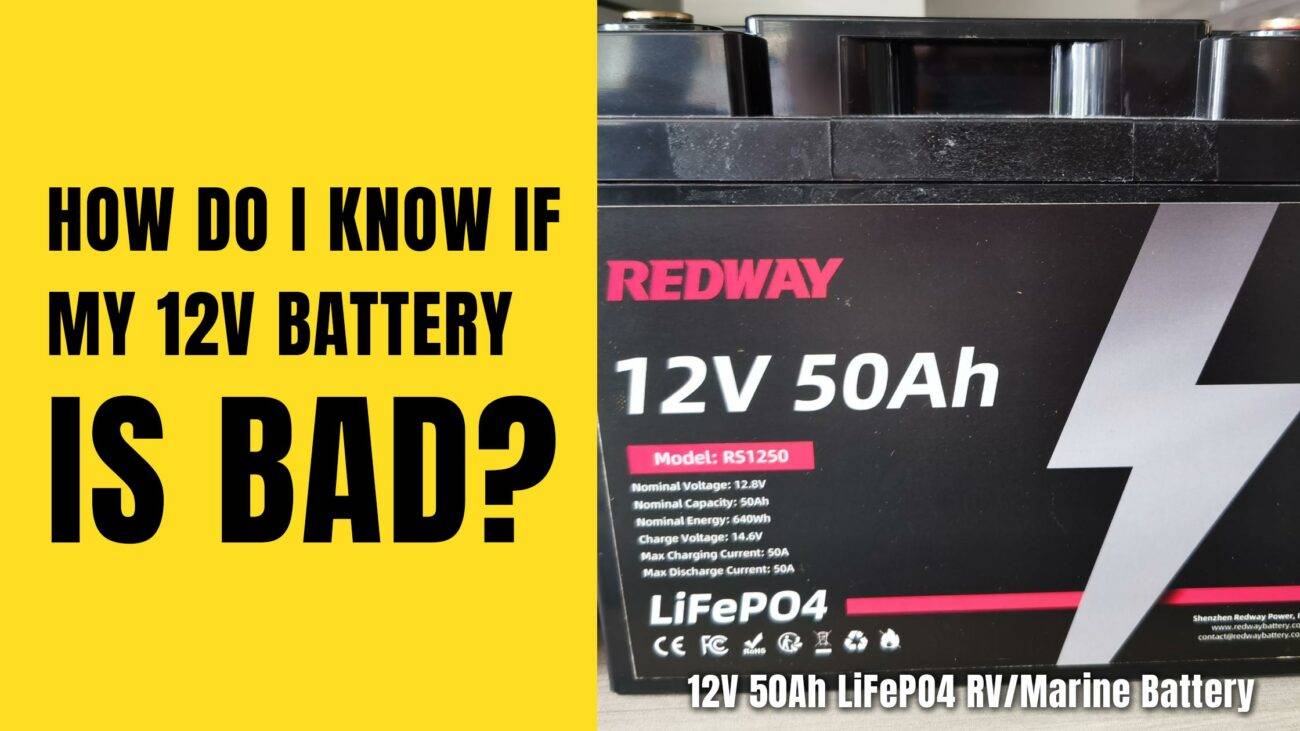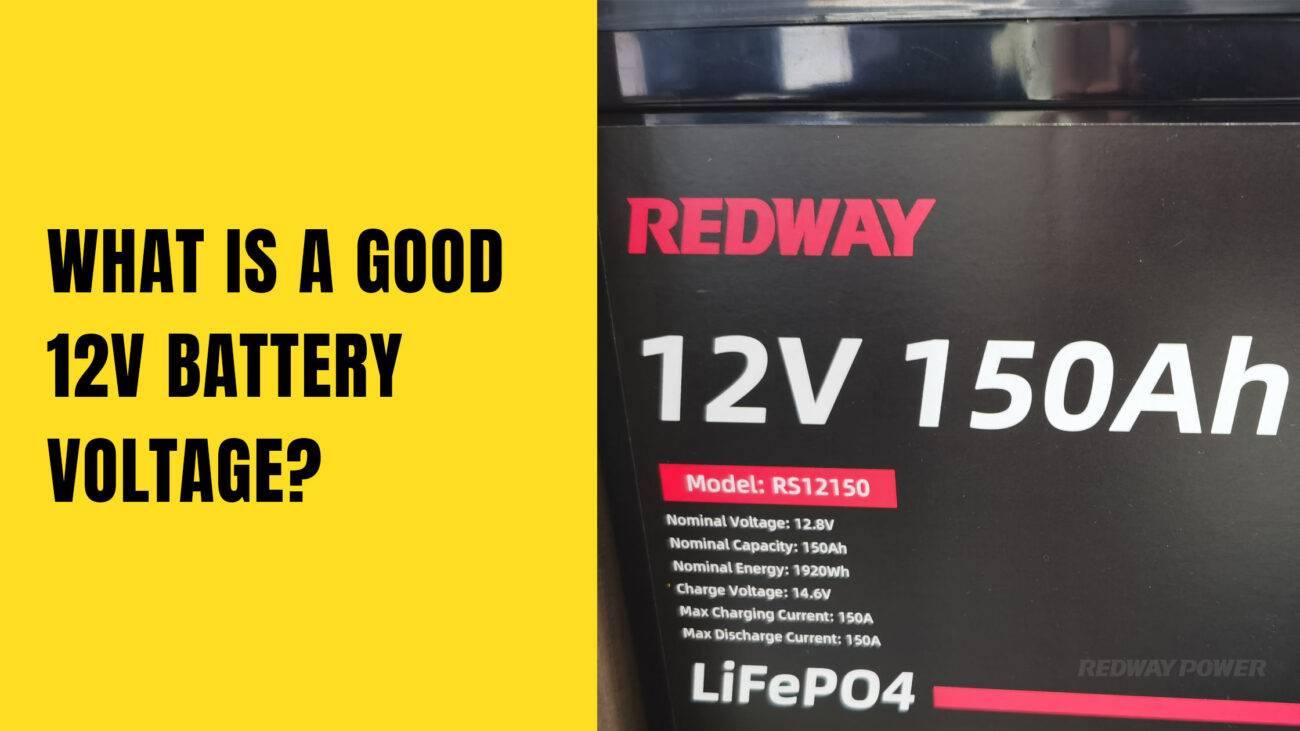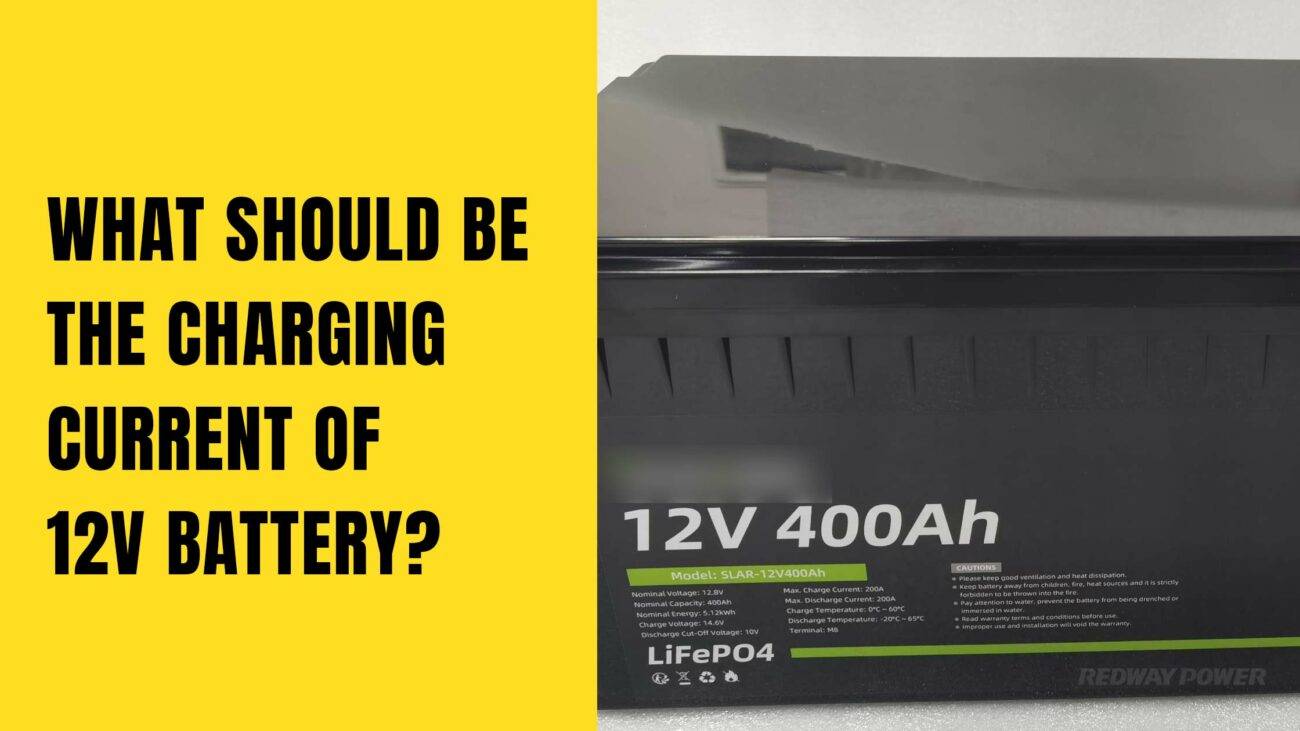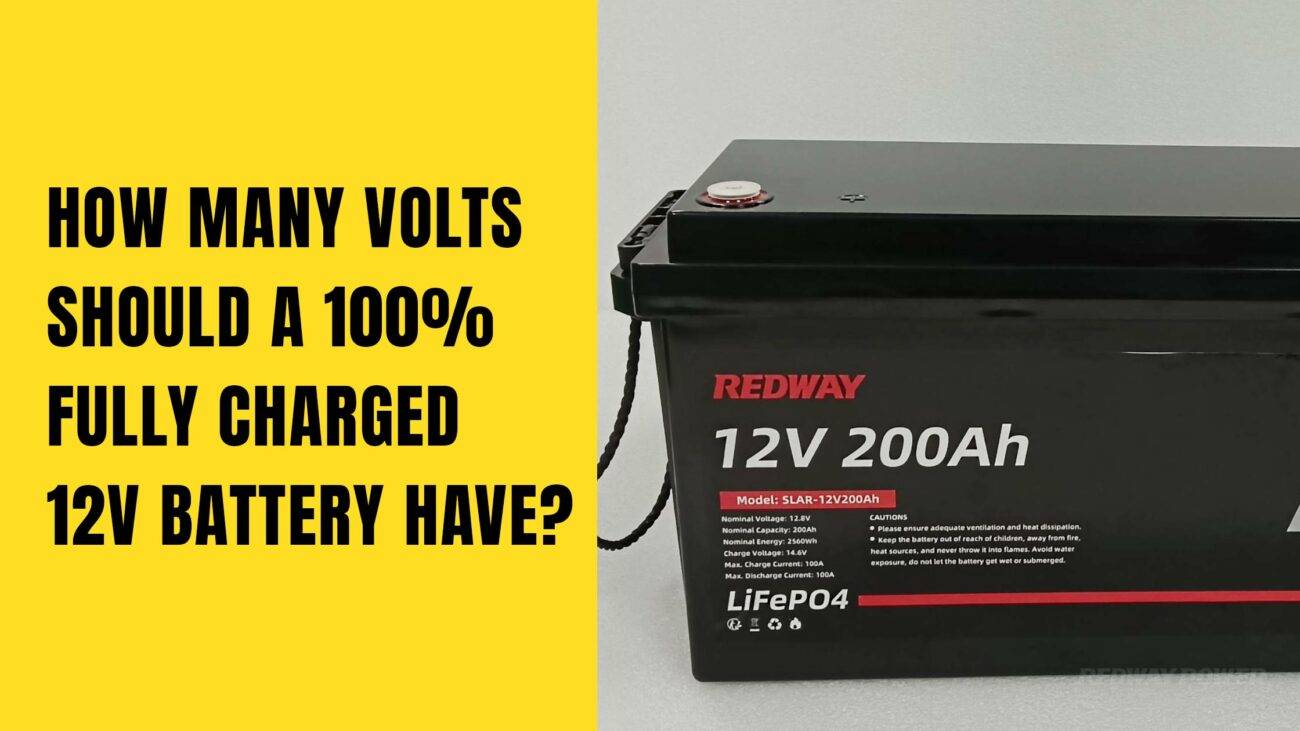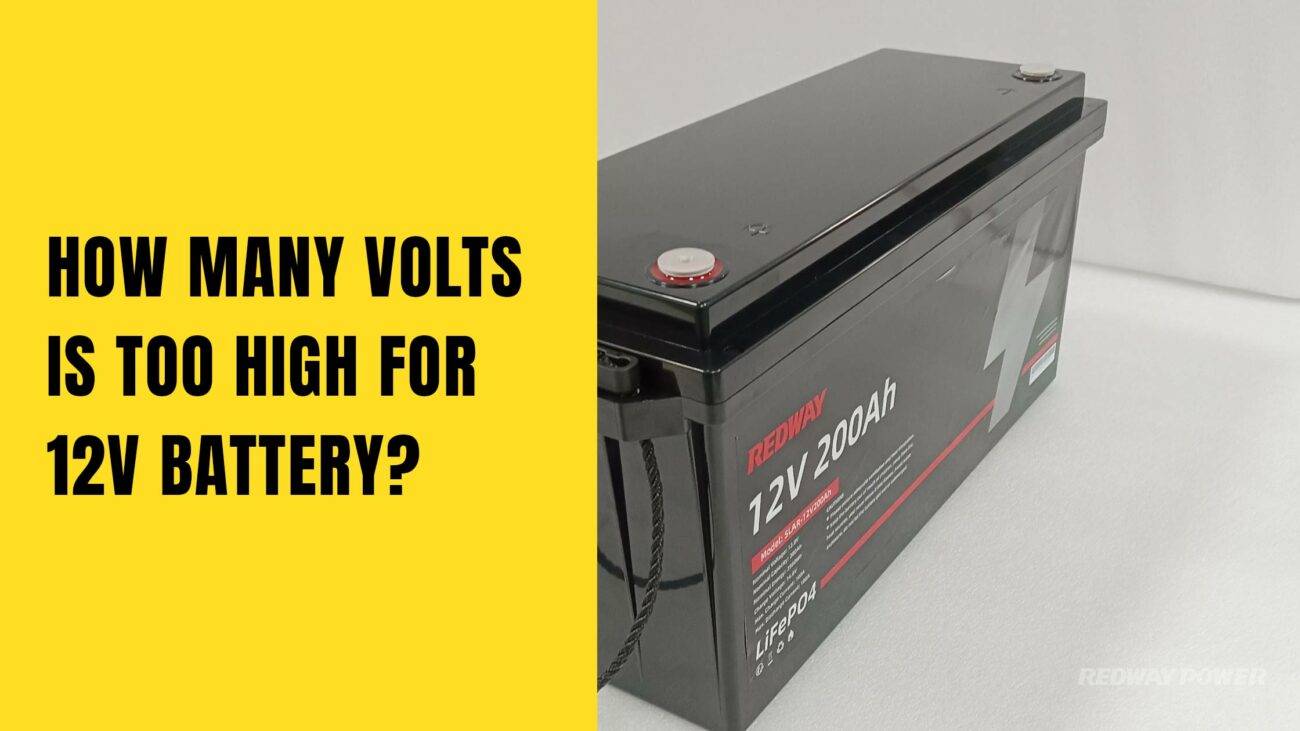- Forklift Lithium Battery
-
48V
- 48V 210Ah
- 48V 300Ah
- 48V 420Ah (949 x 349 x 569 mm)
- 48V 420Ah (950 x 421 x 450 mm)
- 48V 456Ah
- 48V 460Ah (830 x 630 x 590 mm)
- 48V 460Ah (950 x 421 x 450 mm)
- 48V 460Ah (800 x 630 x 600 mm)
- 48V 460Ah (820 x 660 x 470 mm)
- 48V 500Ah
- 48V 560Ah (810 x 630 x 600 mm)
- 48V 560Ah (950 x 592 x 450 mm)
- 48V 600Ah
- 48V 630Ah
-
48V
- Lithium Golf Cart Battery
- 12V Lithium Battery
12V 150Ah Lithium RV Battery
Bluetooth App | BCI Group 31
LiFePO4 Lithium
Discharge Temperature -20°C ~ 65°C
Fast Charger 14.6V 50A
Solar MPPT Charging - 24V Lithium Battery
- 36V Lithium Battery
- 48V Lithium Battery
-
48V LiFePO4 Battery
- 48V 50Ah
- 48V 50Ah (for Golf Carts)
- 48V 60Ah (8D)
- 48V 100Ah (8D)
- 48V 100Ah
- 48V 100Ah (Discharge 100A for Golf Carts)
- 48V 100Ah (Discharge 150A for Golf Carts)
- 48V 100Ah (Discharge 200A for Golf Carts)
- 48V 150Ah (for Golf Carts)
- 48V 160Ah (Discharge 100A for Golf Carts)
- 48V 160Ah (Discharge 160A for Golf Carts)
-
48V LiFePO4 Battery
- 60V Lithium Battery
-
60V LiFePO4 Battery
- 60V 20Ah
- 60V 30Ah
- 60V 50Ah
- 60V 50Ah (Small Size / Side Terminal)
- 60V 100Ah (for Electric Motocycle, Electric Scooter, LSV, AGV)
- 60V 100Ah (for Forklift, AGV, Electric Scooter, Sweeper)
- 60V 150Ah (E-Motocycle / E-Scooter / E-Tricycle / Tour LSV)
- 60V 200Ah (for Forklift, AGV, Electric Scooter, Sweeper)
-
60V LiFePO4 Battery
- 72V~96V Lithium Battery
- Rack-mounted Lithium Battery
- E-Bike Battery
- All-in-One Home-ESS
- Wall-mount Battery ESS
-
Home-ESS Lithium Battery PowerWall
- 24V 100Ah 2.4kWh PW24100-S PowerWall
- 48V 50Ah 2.4kWh PW4850-S PowerWall
- 48V 50Ah 2.56kWh PW5150-S PowerWall
- 48V 100Ah 5.12kWh PW51100-F PowerWall (IP65)
- 48V 100Ah 5.12kWh PW51100-S PowerWall
- 48V 100Ah 5.12kWh PW51100-H PowerWall
- 48V 200Ah 10kWh PW51200-H PowerWall
- 48V 300Ah 15kWh PW51300-H PowerWall
PowerWall 51.2V 100Ah LiFePO4 Lithium Battery
Highly popular in Asia and Eastern Europe.
CE Certification | Home-ESS -
Home-ESS Lithium Battery PowerWall
- Portable Power Stations
How Does Voltage in an AAA Battery Work?
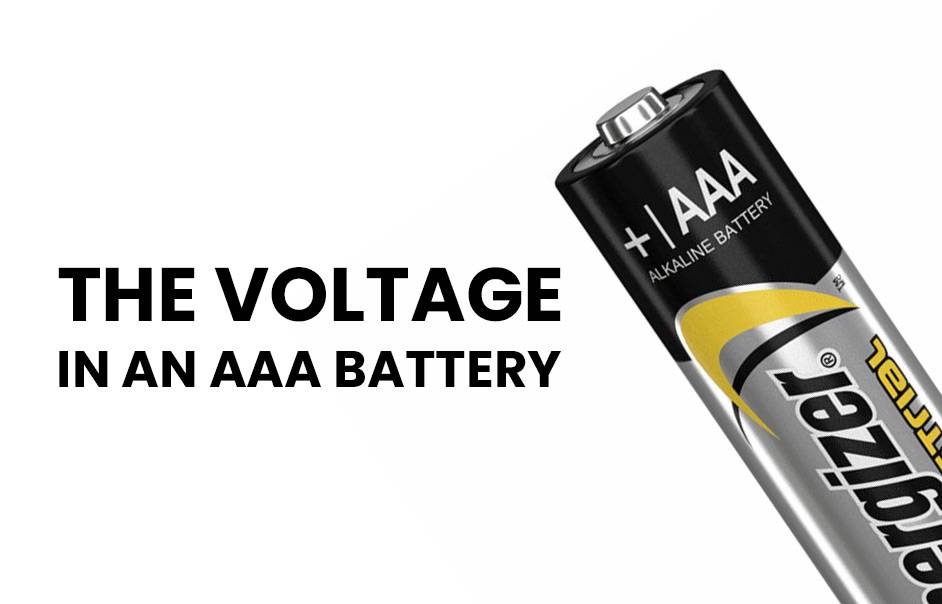
Voltage in an AAA battery typically refers to its nominal output, which is usually 1.5 volts for non-rechargeable batteries like alkaline and lithium. Rechargeable AAA batteries, such as NiMH, provide around 1.2 volts. This voltage ensures compatibility with devices designed for 1.5V batteries while allowing for efficient energy delivery during use.
Understanding the voltage in an AAA battery is essential for ensuring optimal performance in various devices. Typically, non-rechargeable AAA batteries provide a nominal voltage of 1.5 volts, while rechargeable variants like NiMH deliver around 1.2 volts. This difference impacts device compatibility and efficiency.
How Does Voltage in an AAA Battery Work?
Voltage in an AAA battery typically refers to its nominal output, which is usually 1.5 volts for non-rechargeable batteries like alkaline and lithium. Rechargeable AAA batteries, such as NiMH, provide around 1.2 volts. This voltage ensures compatibility with devices designed for 1.5V batteries while allowing for efficient energy delivery during use.
The nominal voltage of an AAA battery refers to its standard output under normal conditions. Most commonly, alkaline and lithium-based AAA batteries deliver 1.5 volts. In contrast, rechargeable nickel-metal hydride (NiMH) batteries usually output 1.2 volts. Understanding these voltages helps users select appropriate batteries for their devices, ensuring they function correctly without damage.
| Type of Battery | Nominal Voltage (V) |
|---|---|
| Alkaline | 1.5 |
| Lithium | 1.5 |
| NiMH | 1.2 |
What Are the Different Types of AAA Batteries?
The main types of AAA batteries include alkaline, lithium iron disulfide, nickel-cadmium (NiCd), nickel-metal hydride (NiMH), and nickel oxyhydroxide. Each type has distinct characteristics, such as voltage ratings and capacity, making them suitable for various applications, from remote controls to high-drain devices.
AAA batteries come in various types, each with unique characteristics:
- Alkaline: Commonly used for everyday devices, providing a nominal voltage of 1.5V.
- Lithium: Offers higher energy density and stability, also at 1.5V but with longer shelf life.
- NiMH (Nickel-Metal Hydride): Rechargeable option with a nominal voltage of 1.2V, suitable for high-drain devices.
| Type | Chemistry | Nominal Voltage (V) | Typical Capacity (mAh) |
|---|---|---|---|
| Alkaline | Zn/MnO2 | 1.5 | 860 – 1200 |
| Lithium | Li-ion | 1.5 | ~600 |
| NiMH | NiCo/Metal | 1.2 | ~350 – 1000 |
How Do AAA Batteries Compare to Other Battery Sizes?
AAA batteries are smaller than AA batteries but offer similar voltage ratings of 1.5 volts for non-rechargeable types. Due to their size, AAA batteries generally have a lower capacity compared to AA batteries, making them ideal for low to moderate power devices.
The primary difference lies in their capacity and size:
- AA Batteries: Typically have a higher capacity (1800 – 2600 mAh) and a nominal voltage of 1.5V.
- C and D Batteries: Used for larger devices requiring more power, these also maintain a nominal voltage of 1.5V.
This comparison highlights why users must choose the correct battery size based on device specifications.
What Are the Common Applications for AAA Batteries?
Common applications for AAA batteries include remote controls, digital cameras, flashlights, toys, and smoke detectors. Their compact size and reliable power make them suitable for various household and portable electronic devices.
AAA batteries are versatile and found in numerous devices, including:
- Remote controls
- Digital cameras
- Flashlights
- Toys
- Smoke detectors
Understanding these applications can guide users in selecting the right type of battery for their needs.
How Does Battery Chemistry Affect Voltage in AAA Batteries?
Battery chemistry significantly influences the voltage output of AAA batteries. Alkaline and lithium batteries provide a nominal voltage of 1.5 volts, while rechargeable NiMH and NiCd batteries typically deliver around 1.2 volts. The chemistry determines energy density, discharge rates, and overall performance.
The chemistry behind each type of battery significantly influences its voltage output:
- Alkaline Batteries: Utilize zinc and manganese dioxide, providing stable voltage until depletion.
- Lithium Batteries: Employ lithium compounds, resulting in higher energy density and longer-lasting power.
- NiMH Batteries: Offer lower voltage but can be recharged multiple times, making them cost-effective over time.
This chemistry directly impacts device performance and longevity.
What Factors Affect the Voltage Output of AAA Batteries?
Factors affecting the voltage output of AAA batteries include battery chemistry, age, temperature, and load conditions. As a battery discharges or ages, its voltage may decrease, impacting performance in devices that require stable voltage levels.
- Discharge Rate: Higher loads can cause voltages to drop below nominal levels.
- Temperature: Extreme temperatures can affect chemical reactions within the battery.
- Battery Age: Older batteries may not hold charge effectively, leading to reduced output.
Being aware of these factors can help users optimize battery usage.
How Can You Check the Voltage of an AAA Battery?
To check the voltage of an AAA battery, use a multimeter or voltmeter. Set the device to measure DC voltage, connect the red probe to the positive terminal and the black probe to the negative terminal, then read the displayed voltage to assess battery health.
To check the voltage, users can utilize a multimeter:
- Set the multimeter to measure DC voltage.
- Insert the probes into the positive and negative terminals of the battery.
- Read the displayed value; it should be close to the nominal voltage (1.5V or 1.2V).
This method ensures that users can assess whether their batteries are functioning correctly.
What Voltages Indicate a Bad AAA Battery?
A bad AAA battery typically shows a voltage below 1.2 volts for non-rechargeable types or below 1.0 volts for rechargeable types. If the voltage is significantly lower than expected, it’s likely time to replace the battery.
- If an alkaline battery reads below 1.3V, it may be weak.
- A rechargeable NiMH battery should ideally read above 1.2V; anything lower suggests it needs recharging or replacement.
Monitoring these voltages helps prevent device malfunction due to inadequate power supply.
Are There Alternatives to Standard AAA Batteries?
Yes, alternatives to standard AAA batteries include rechargeable NiMH or NiCd batteries and lithium-ion options designed for specific applications. Some devices also support external power sources or battery packs that can replace traditional AAA batteries.
Tips for Battery Wholesale Buyers
When considering OEM orders or wholesale purchases, it’s crucial to partner with reliable manufacturers like Redway Power, known for their extensive experience in lithium battery production over 13 years. Buyers should ensure that:
- They verify specifications before placing orders.
- They understand minimum order quantities and lead times.
- They request samples to assess quality.
Choosing a reputable supplier ensures consistent quality and reliability in your products.
Redway Power Expert Views
“Selecting the right type of battery is vital not just for performance but also for safety and longevity,” says an expert from Redway Power. “With advancements in lithium technology, consumers now have access to more efficient energy solutions that outperform traditional options.”
How do you make a 12-volt battery out of AA batteries?
To create a 12-volt battery from AA batteries, connect eight AA batteries in series (each providing 1.5 volts). This configuration yields a total voltage of 12 volts (1.5V x 8). Ensure all batteries are of the same type and charge level for optimal performance.
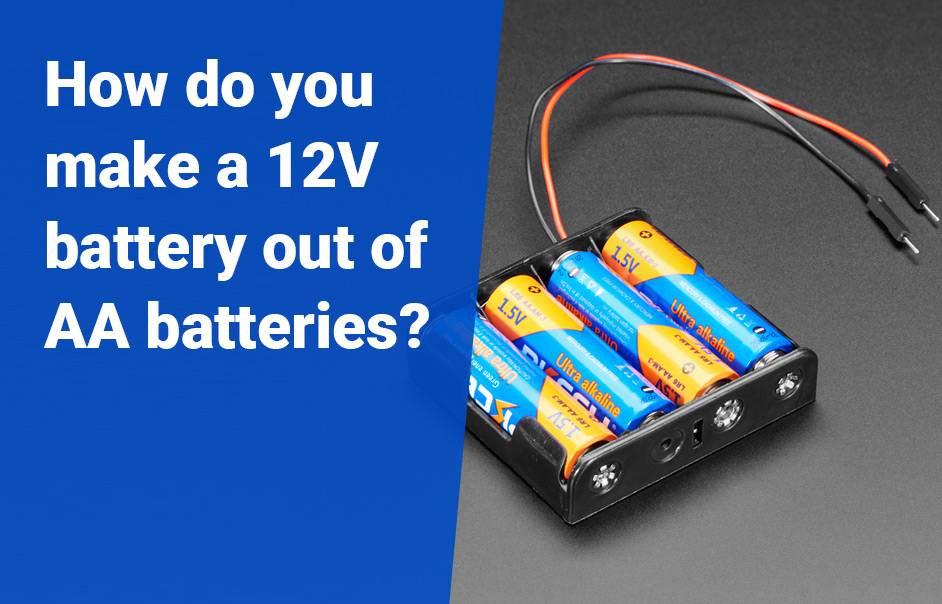
AA and AAA batteries, Which is better?
The choice between AA and AAA batteries depends on your device’s power requirements. AA batteries typically offer higher capacity and longer runtime due to their larger size, while AAA batteries are more compact and suitable for low-drain devices. Choose based on your specific needs.
FAQs
At what voltage is a AA battery dead?
AA batteries are considered dead when they can no longer hold a charge. This can be due to factors such as age, overuse, or damage. Once a battery is dead, it must be replaced in order to continue using the device it powers. AA batteries typically have a standard voltage of 1.5 volts, but when a battery is completely drained, its voltage can drop as low as 0.8 volts. To ensure the proper functioning of your devices and avoid damage, always check the voltage of your AA batteries before using them. If the voltage is below 1 volt, it is recommended to replace the battery with a new one. Remember, regular maintenance and timely battery replacement are key to maximizing the performance and lifespan of your devices.
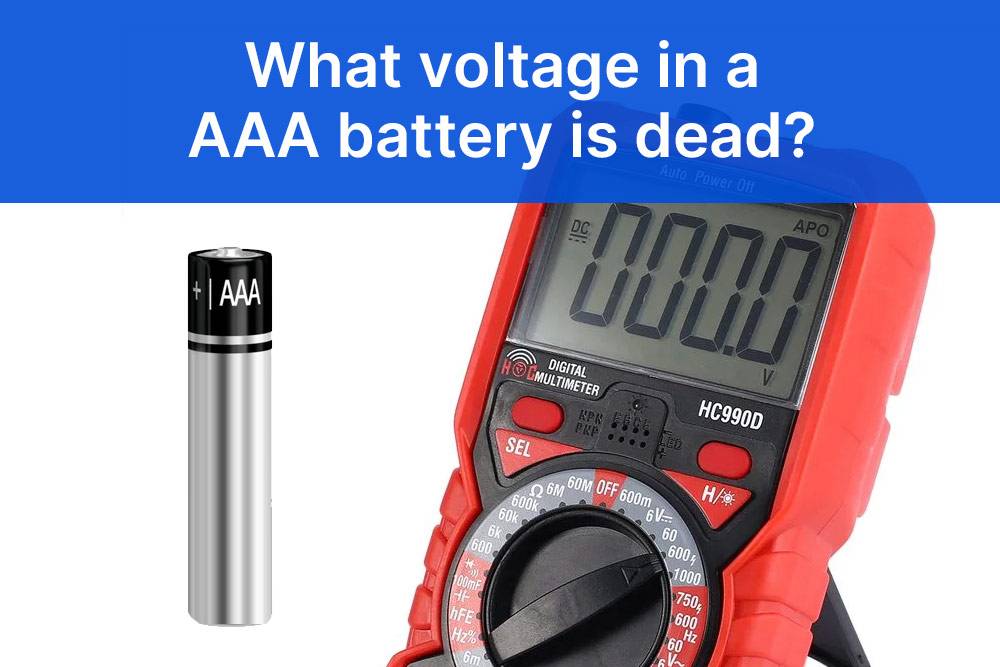
At what voltage is a 1.5 battery no good?
A 1.5-volt battery is considered ‘no good’ or ‘dead’ when its voltage drops below 1.2 volts. However, the exact voltage at which a 1.5-volt battery is no longer good can vary depending on factors such as the type and quality of the battery. It is important to regularly check the voltage of your 1.5-volt batteries and replace them when their voltage drops below 1.2 volts to ensure optimal performance in your devices. Remember, using a battery with a low voltage can lead to reduced device performance and potential damage. Stay proactive in monitoring and replacing your 1.5-volt batteries to keep your devices running smoothly.
Are AA batteries 1.2 or 1.5 volts?
AA batteries come in different types, including alkaline and rechargeable nickel-metal hydride (NiMH). Alkaline AA batteries typically have a voltage of 1.5 volts, while NiMH AA batteries have a voltage of 1.2 volts. The voltage difference is due to the chemical composition and reaction used in each type of battery. It’s important to choose the right type of battery for your devices based on their voltage requirements. Always check the packaging or consult the manufacturer’s specifications to ensure you are using the correct voltage for optimal performance and compatibility. Remember, using the wrong voltage can lead to inefficient power delivery or potential damage to your devices.
What voltage is 3 AA batteries?
The voltage of a single AA battery is typically 1.5 volts. When three AA batteries are connected in series, the total voltage is additive. Therefore, the total voltage of three AA batteries connected in series would be 4.5 volts (1.5 volts + 1.5 volts + 1.5 volts). It’s important to note that connecting batteries in series increases the overall voltage but does not increase the total capacity or energy storage of the batteries. This higher voltage output can be useful for devices that require higher voltages to operate efficiently. However, it’s crucial to check the device’s specifications and ensure compatibility with the increased voltage to avoid any potential damage.
What Battery Types Work Well with Solar Panel Systems?
What Factors Determine Battery Selection for Solar Panel Systems?
Are AAA batteries 1.5V?
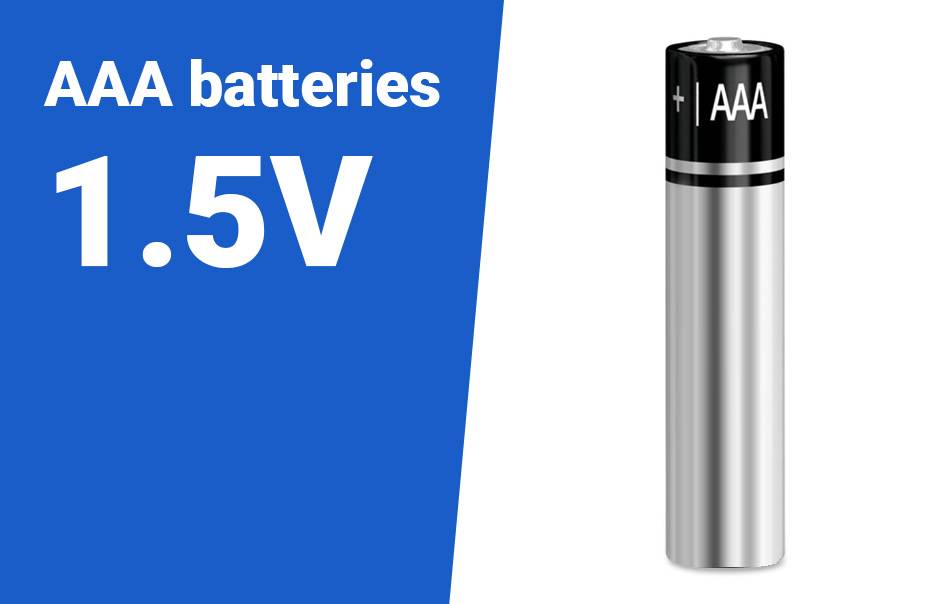
At what voltage is a 1.5V AAA battery dead?
Is it OK to use 1.2V batteries instead of 1.5V?
More FAQs
What happens if I replace a 1.2V battery with a 1.5V battery?
Using a 1.2V battery instead of a 1.5V battery may result in reduced performance or functionality in devices designed for use with 1.5V batteries. The impact can vary depending on the specific device and its voltage requirements. It is recommended to use batteries with the specified voltage to ensure optimal device performance.
Why are rechargeable AAA batteries only 1.2V?
What is the difference between 1.2V and 1.5V AAA batteries?
Is a 1.5V battery the same as AAA?
No, the voltage rating (1.5V) refers to the nominal voltage of the battery, while “AAA” refers to the size and form factor of the battery. AAA batteries are available in both 1.5V (non-rechargeable) and 1.2V (rechargeable) versions.
What does it mean that a AAA battery has 1.5V?
The voltage rating of a AAA battery is typically 1.5V, which represents the average voltage output considering the high voltage when the battery is new and the lower voltage as it is used up. This voltage rating ensures compatibility with devices designed for use with 1.5V batteries. However, it is important to check the specific voltage requirements of your device to ensure proper functionality.
What voltage is too low for a 1.5V battery?
For most non-rechargeable 1.5V batteries, a voltage of around 1.0 to 1.2 volts is often considered the cutoff point for practical purposes. When the voltage of a 1.5V battery drops below this range, it is typically considered too low and may no longer provide sufficient power to devices.
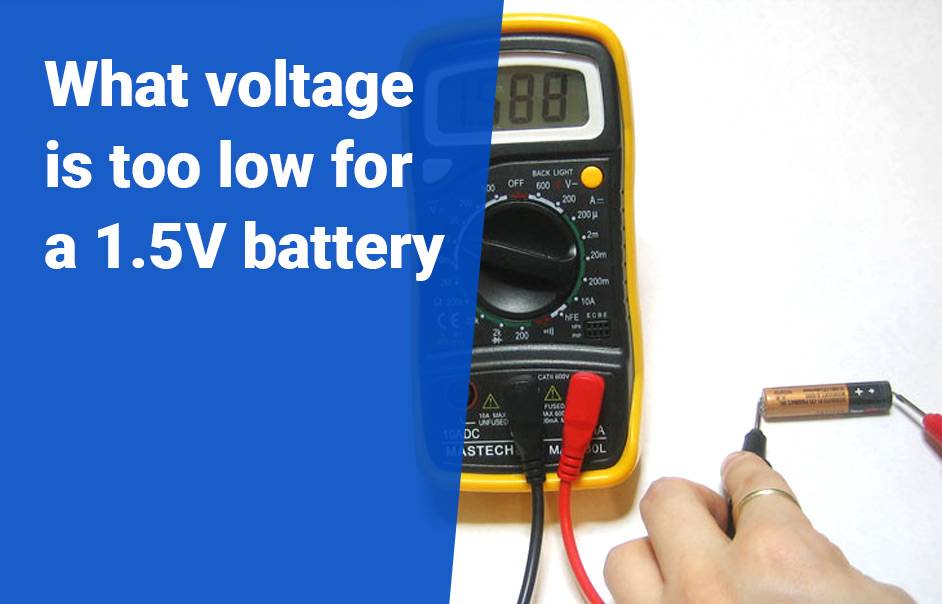
What are 1.2V batteries used for?
What type of battery does AAA use?
Why is lithium battery the highest voltage type?
Lithium batteries are renowned for their high voltage output compared to other types of batteries. This is primarily due to the chemical composition of lithium, which allows for efficient energy storage and release. The lithium-ion technology used in these batteries boasts a higher energy density, resulting in a more potent power source.
When it comes to voltage, lithium batteries have a nominal voltage range that typically falls between 3.6V and 3.7V per cell. This elevated voltage level makes them ideal for powering devices that require consistent and reliable performance over time.
The combination of high voltage output and long-lasting power makes lithium batteries a popular choice for various applications, from portable electronics to electric vehicles. Their ability to maintain stable voltage levels throughout their lifespan sets them apart as a top contender in the world of battery technology.
What is series AAA battery voltage total?
When it comes to series AAA batteries, understanding the total voltage is essential. In a series connection, the voltage of each battery adds up to create a higher overall voltage output.
For AAA batteries, which typically have a standard voltage of 1.5 volts per cell, connecting multiple batteries in series increases the total voltage output accordingly. So, for example, if you connect four AAA batteries in series, you would have a total voltage of 6 volts (1.5V x 4).
This increased total voltage can be useful in powering devices that require higher voltages than what a single battery can provide. It’s important to note that connecting batteries in series also increases the risk of overloading or damaging your device if not done correctly.
Understanding the concept of series battery connections and their resulting total voltage is key when selecting and using AAA batteries for various electronic devices.
How much voltage for AAA lithium battery charger?
When it comes to charging AAA lithium batteries, the voltage required for a charger is typically around 1.5 volts per cell. This ensures that the battery is charged efficiently and safely. It’s important to use a charger specifically designed for lithium batteries to avoid damaging them.
Using the correct voltage in a charger not only prolongs the lifespan of your AAA batteries but also ensures they perform at their best when powering your devices. Overcharging or undercharging can lead to reduced battery life and even safety hazards, so always follow manufacturer recommendations.
Investing in a quality AAA lithium battery charger with the right voltage output will help you get the most out of your rechargeable batteries. Make sure to read the instructions carefully and never attempt to charge non-rechargeable batteries with it as this can be dangerous.
Remember, using the correct voltage in your AAA lithium battery charger is key to maximizing performance and longevity, so choose wisely when selecting a charger for your rechargeable batteries!
What indicates bad voltage for AAA battery?
When it comes to AAA batteries, voltage is a key factor in determining their performance. Understanding what indicates bad voltage for an AAA battery is crucial for ensuring that your devices run smoothly.
One common indicator of low voltage in an AAA battery is a decrease in power output. If you notice that your device is not running as efficiently or brightly as before, it could be a sign that the battery’s voltage has dropped below optimal levels.
Another telltale sign of bad voltage in an AAA battery is frequent and unexpected power drainage. If you find yourself replacing batteries more often than usual or if they seem to die quickly after being inserted into a device, it may be due to insufficient voltage.
In some cases, visible signs such as leakage or corrosion on the battery terminals can also indicate poor voltage levels. It’s essential to replace these batteries promptly to avoid any damage to your devices.
Monitoring the voltage of your AAA batteries regularly and replacing them when necessary will help ensure optimal performance from your electronic devices.
Why is voltage important in AAA battery selection?
When choosing AAA batteries, voltage is a crucial factor to consider. Voltage determines the power output and longevity of your devices. Different devices require specific voltage levels to function optimally, so selecting the right AAA battery with the correct voltage rating ensures that your devices perform efficiently. Always check the voltage requirements of your device before purchasing AAA batteries to avoid compatibility issues and potential damage. Making an informed decision based on voltage will not only prolong the lifespan of your electronics but also save you time and money in the long run.
What are the benefits of buying batteries in bulk? Buying batteries in bulk reduces the cost per unit and ensures you have a steady supply, which is convenient for frequent use. Bulk purchasing also minimizes packaging waste and can be beneficial for long-term storage and preparedness.
How can you obtain better battery life? To obtain better battery life, use high-quality batteries, store them properly (in cool, dry conditions), avoid overcharging, and implement power-saving settings on devices. Regular maintenance and choosing batteries suited to your device’s specifications also help extend battery life.
Can you mix different brands of batteries? Mixing different brands of batteries is generally not recommended. Different brands may have varying voltages, capacities, and chemistries, which can lead to decreased performance or potential damage to devices. Always use batteries of the same brand and type in a device.
How long do AAA rechargeable batteries last? AAA rechargeable batteries typically last between 2 to 5 years, depending on usage, charge cycles, and maintenance. They usually offer 500 to 1,000 charge cycles before their capacity significantly diminishes.
What are the advantages and disadvantages of primary vs. rechargeable AAA batteries? Advantages of primary batteries: Longer shelf life, higher initial energy density, and no need for recharging equipment. Disadvantages of primary batteries: Higher long-term cost and environmental impact due to disposability.
Advantages of rechargeable batteries: Lower long-term cost, reduced environmental impact, and the ability to recharge multiple times. Disadvantages of rechargeable batteries: Higher upfront cost, limited shelf life, and need for a charger.
How do you determine if a AAA battery is rechargeable or disposable? Rechargeable AAA batteries are typically labeled as “NiMH” or “NiCd” and often include a “rechargeable” designation. Disposable batteries, like alkaline, are usually marked as “alkaline” and do not indicate rechargeability.
What are the applications of different AAA battery chemistries? Alkaline: General household devices like remotes and clocks. NiMH: High-drain devices like digital cameras and toys. NiCd: Older rechargeable applications, though less common today. Lithium-ion (10440): High-performance needs, such as in high-drain electronics and some specialized devices. Rechargeable alkaline: Low-drain devices where cost-effectiveness and reusability are valued.
What are the features of Nickel Cadmium (NiCad) AAA batteries? NiCad AAA batteries offer reliable performance and are durable with high discharge rates. They have a lower energy density compared to newer chemistries and suffer from memory effect, reducing their capacity if not fully discharged before recharging.
What are the features of Lithium-ion AAA (10440) batteries? Lithium-ion AAA (10440) batteries provide high energy density, longer lifespan, and lighter weight compared to other chemistries. They have a higher voltage and are used in high-drain applications, though they require careful handling due to their sensitivity to overcharging and deep discharges.
What are the features of Nickel Zinc (NiZn) AAA batteries? Nickel Zinc (NiZn) AAA batteries offer a higher voltage than NiMH batteries, providing increased power for high-drain devices. They are more environmentally friendly than NiCad but have a shorter lifespan and are less common.
What are the features of Nickel Metal Hydride (NiMH) AAA batteries? NiMH AAA batteries feature high energy density, a longer life cycle, and no memory effect. They are well-suited for high-drain devices and can be recharged hundreds of times. They have a lower self-discharge rate compared to NiCad batteries.
What are the features of rechargeable alkaline AAA batteries? Rechargeable alkaline AAA batteries provide a cost-effective solution for low-drain devices. They have a lower initial capacity and fewer charge cycles compared to NiMH batteries but offer the advantage of being recyclable and suitable for occasional use.
How to Test AAA Batteries with a Multimeter!
















